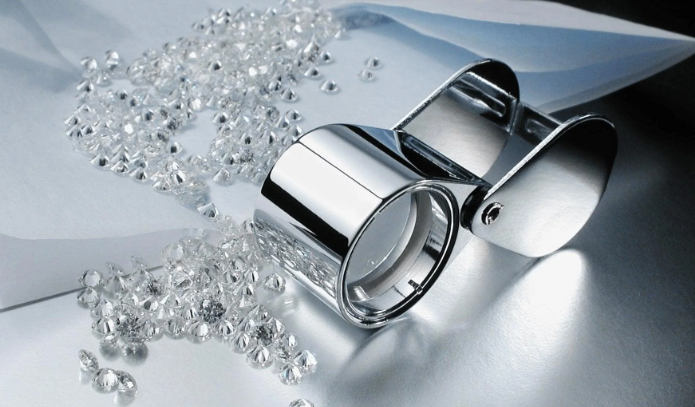Diamonds have long held a special place in the human imagination, symbolizing love, commitment, and the power of enduring beauty. The princess cut, with its unmistakable square shape and brilliant facets, has emerged as a favorite among diamond connoisseurs. However, as our society becomes increasingly aware of the environmental and social issues surrounding traditional diamond mining, the allure of lab grown princess cut diamonds is growing, combining modern science, classic artistry, and a new emphasis on sustainability.
Lab-grown diamonds, as their name suggests, are cultivated in a laboratory setting, meticulously engineered to mimic the conditions that create diamonds in the Earth’s mantle. A tiny diamond 'seed' is exposed to extreme heat and pressure in a controlled environment, encouraging the growth of carbon atoms into a crystal lattice structure that forms a diamond. In just a few weeks, what would have taken nature billions of years to produce is created in a lab.
Despite their untraditional origin, these diamonds are chemically, physically, and optically identical to their natural counterparts. In fact, even experienced gemologists cannot distinguish between a lab-grown and a mined diamond without specialized equipment.
The princess cut, with its distinctive square shape and sharp corners, is a relatively modern design in the world of diamond cutting, first introduced in the 1960s. Known for its fire and brilliance, this cut features anywhere from 58 to 76 facets, allowing for maximum light reflection and a sparkle that rivals even the popular round brilliant cut. When applied to lab-grown diamonds, the princess cut accentuates the stone’s pure, synthesized perfection, resulting in a stunning combination of classic beauty and modern innovation.

Yet the appeal of lab-grown princess cut diamonds extends beyond their undeniable beauty. They represent a more sustainable and ethical choice in the world of luxury jewelry. Traditional diamond mining involves significant environmental disruption, including deforestation, soil erosion, and water pollution. In contrast, the process of creating diamonds in a lab is significantly less damaging to the environment. Moreover, lab-grown diamonds circumvent the social and human rights issues often associated with diamond mining operations in conflict zones.
Lab-grown princess cut diamonds also offer excellent value. Given the efficiency of their production process and the lack of a 'rarity premium' associated with natural diamonds, they are generally more affordable than their mined equivalents. This makes the dream of owning a beautiful, high-quality diamond a reality for a broader spectrum of buyers.
Not only does this modern marvel cater to a more conscious consumer, but it also paves the way for more innovative, personalized designs in jewelry. With the control and precision offered by lab technology, it’s possible to produce diamonds of specific sizes, cuts, and even colors, allowing jewelry designers to let their imagination run wild.
The rise of lab-grown princess cut diamonds signals a shift in the luxury jewelry industry. It blends the age-old human fascination with the sparkle and fire of diamonds with cutting-edge technology and a commitment to sustainability. For those seeking a diamond that aligns with their aesthetic preferences, budget, and values, these diamonds are indeed the crowning jewel.
As we look towards the future of jewelry, it's clear that lab-grown diamonds, particularly in eye-catching cuts like the princess, have a vital role to play. Their allure lies not just in their captivating brilliance but also in what they represent: a perfect union of science, artistry, and conscious consumption. It's a beautiful illustration of how innovation can both respect and enhance nature's gifts, paving the way for a more sustainable and just world.